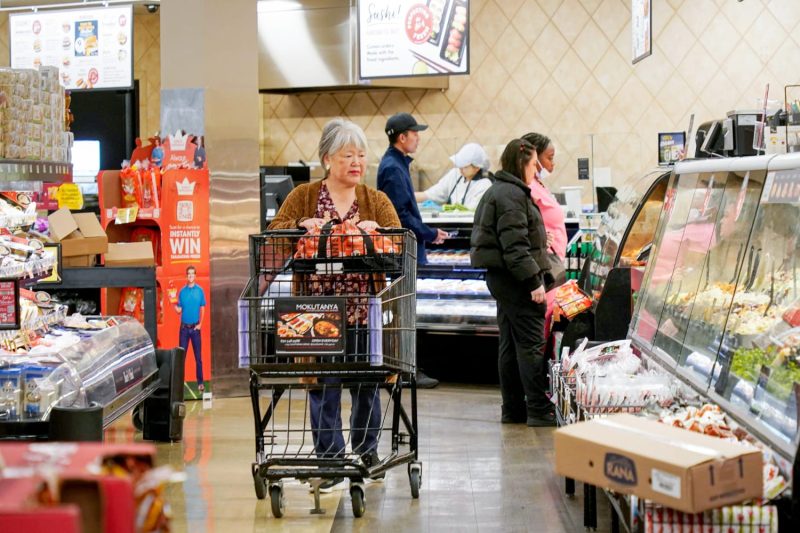The unexpected growth of the U.S. economy in the second quarter of this year has left many economists and financial experts pleasantly surprised. With a significant expansion rate of 2.8%, exceeding initial projections, the nation’s economic landscape seems to be steering in a positive trajectory amidst the turbulent times wrought by the global pandemic.
One of the critical factors attributed to this robust growth is the resurgence of consumer spending. As lockdown restrictions eased, consumers demonstrated a pent-up demand for goods and services, propelling the economy forward at a faster pace than anticipated. This surge in consumer activity not only stimulated various sectors of the economy but also instilled confidence in businesses, encouraging them to ramp up production and hiring.
Moreover, the housing market played a pivotal role in driving the economy forward during the second quarter. Low mortgage rates combined with a growing desire for homeownership amidst changing work dynamics fueled a surge in housing demand. This uptick in the real estate market not only created opportunities in the construction and related industries but also injected vitality into the financial sector through increased lending activities.
Another contributing factor to the robust economic growth was the resilient performance of businesses across various sectors. Companies demonstrated adaptability and innovation in response to the challenges posed by the pandemic, leading to improved productivity and profitability. Moreover, the government’s stimulus measures and support programs provided businesses with much-needed lifelines, enabling them to weather the storm and contribute to the economic recovery.
Furthermore, the global economic landscape also played a significant role in bolstering the U.S. economy during the second quarter. Despite ongoing challenges in international trade and supply chain disruptions, the demand for American goods and services remained relatively strong. This external demand, coupled with the nation’s domestic recovery, added momentum to the economic growth trajectory, underscoring the interconnectedness of the global economy.
Looking ahead, the unexpected growth in the U.S. economy during the second quarter signals a positive outlook for the remainder of the year. While uncertainties and challenges persist, including the resurgence of COVID-19 variants and inflationary pressures, the resilience and adaptability displayed by various sectors bode well for sustained economic expansion. Continued support from government policies, prudent fiscal management, and a collaborative approach between businesses, consumers, and policymakers will be crucial in navigating the path towards a robust and inclusive recovery.
In conclusion, the unexpected growth of the U.S. economy in the second quarter underscores the nation’s resilience and capacity for adaptation in the face of adversities. By harnessing the momentum generated by consumer spending, housing market resurgence, business resilience, and global demand, the economy is poised for a steady recovery trajectory. As stakeholders and decision-makers navigate the evolving economic landscape, a concerted effort towards sustainable growth, innovation, and inclusivity will be instrumental in shaping a prosperous future for the nation and its citizens.


























